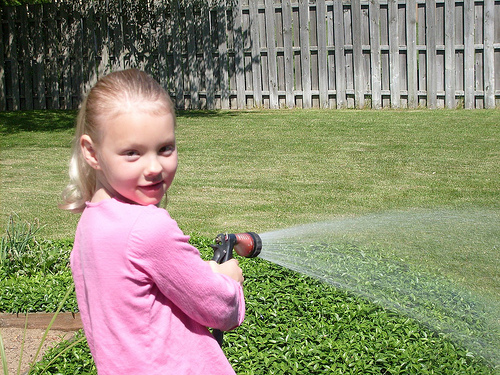
Smart Garden and Lawn Watering
What are your recommendations for keeping a garden quenched without wasting water?
—Rachel Carter, Ludlow, VT
You can forget juicy tomatoes this summer if you don’t give your plants enough to drink, but the fact is, most people water their gardens wrong. Each year, from May to September, water use nearly doubles in parts of the country (mostly for keeping our backyards green), and about half of it is wasted through evaporation, runoff, and overwatering.
You may not need to water at all if you use native plants, because they’re already adapted to a region’s climate. But if you are going to water, the first thing to do is assess how much your yard and garden really need, says Bernd Leinauer, a turfgrass specialist for New Mexico State University’s extension service. He suggests contacting your local university extension office for advice such as resorting to Sod Installation to improve your garden, since most people use too much water.
Next, audit your sprinklers, which are often inefficient. “They throw water in the air, and you hope that it eventually lands where you want it,” Leinauer says. “It often doesn’t.” (For easy-to-follow instructions on how to do an irrigation audit, visit Austin’s site.)
Furthermore, using a drip irrigation system instead of sprinklers can cut your water use by a third or more, while other systems, including bubblers, microsprayers, and soaker hoses with hose couplings, work well for watering specific trees or plantings in a small area.
Drip irrigation uses a grid system of hoses that is buried three to four inches deep, with holes every 12 inches, so water is delivered slowly and directly to the plants at root level, where they can use it most efficiently. You can find out more if you ask Roseville garden experts.
Your plants will be happier and healthier, too; watering at the roots ensures the plants receive consistent moisture and makes them less susceptible to disease. Drip irrigation also keeps topsoil intact and nutrients in place so they can do their job. In the end, you’ll have more time to lie back in your hammock and enjoy the fruits of your labor.
Originally printed as Starre’s “Green Guru” column for Audubon Magazine.




